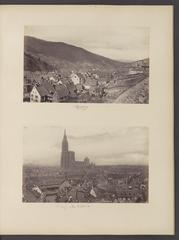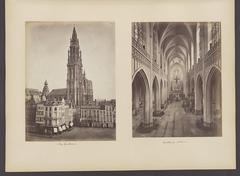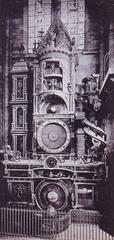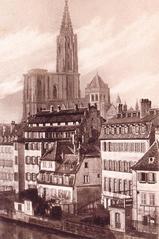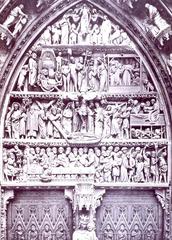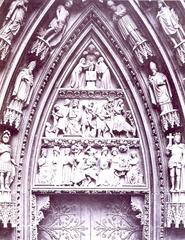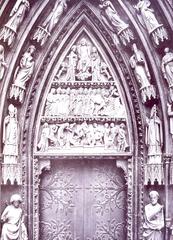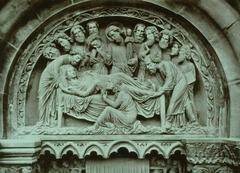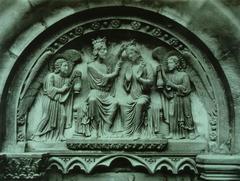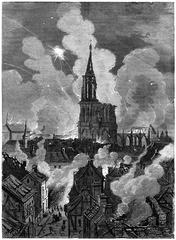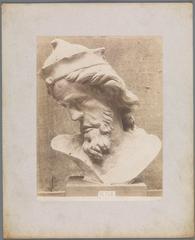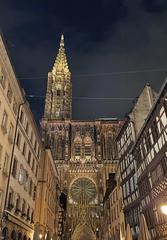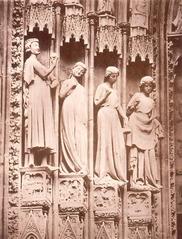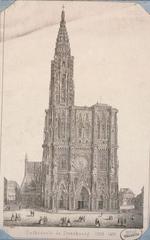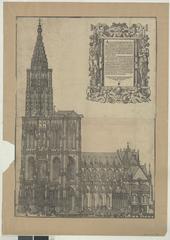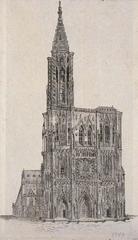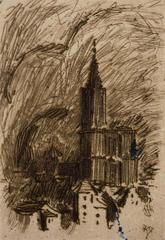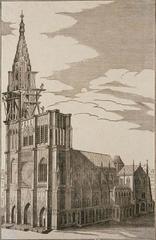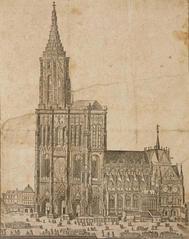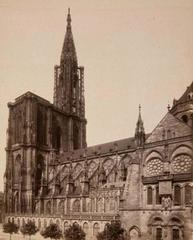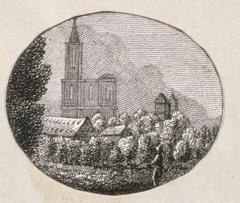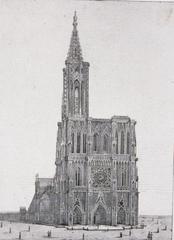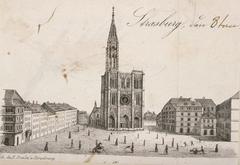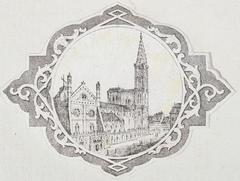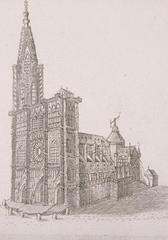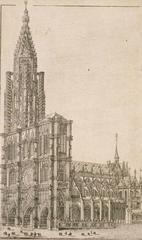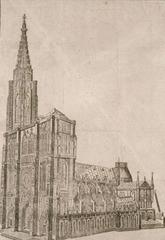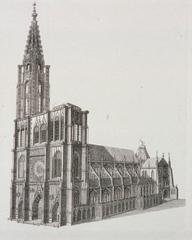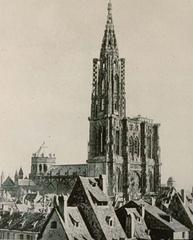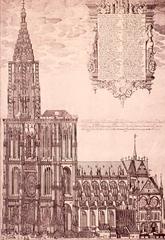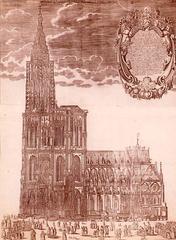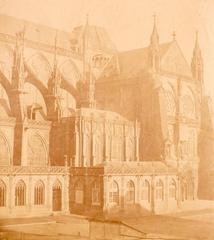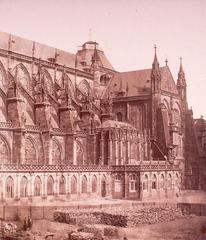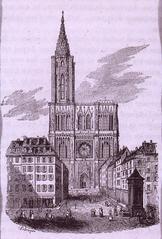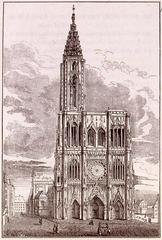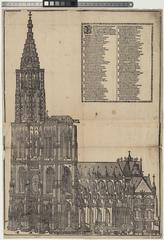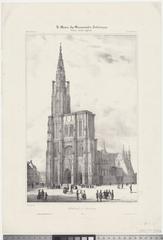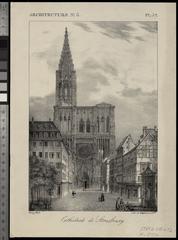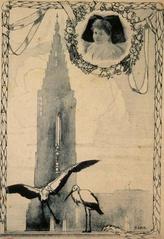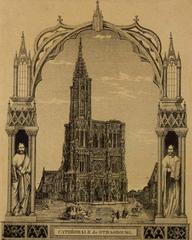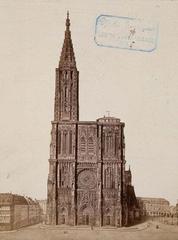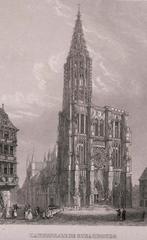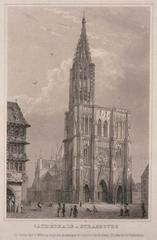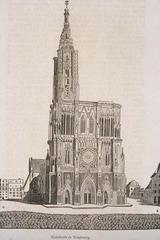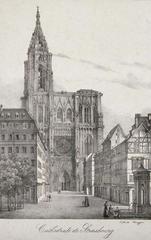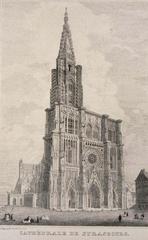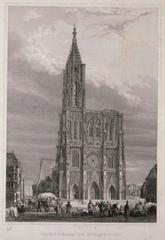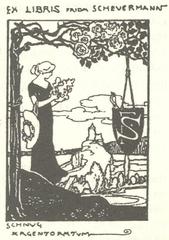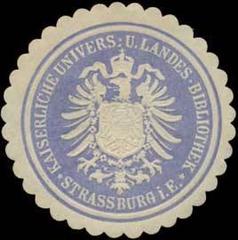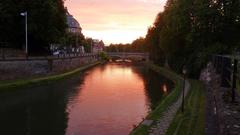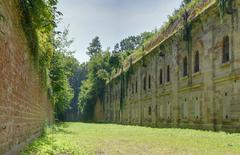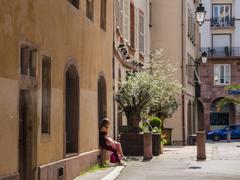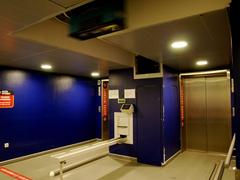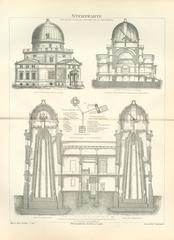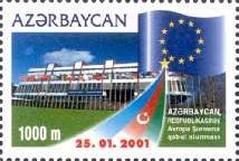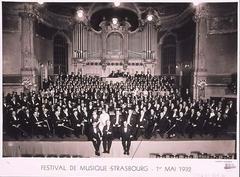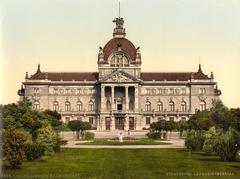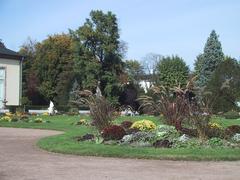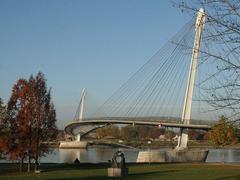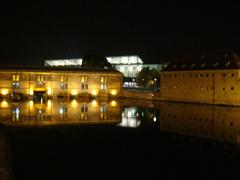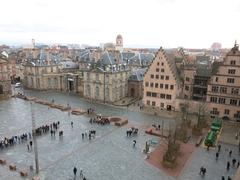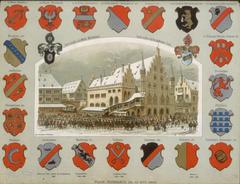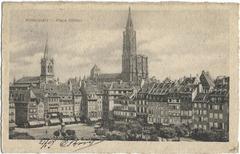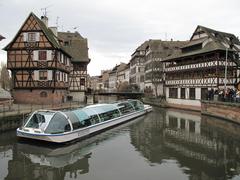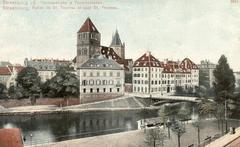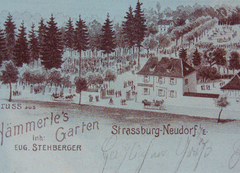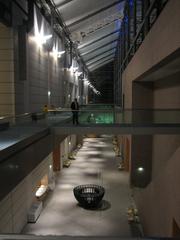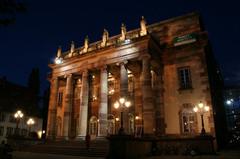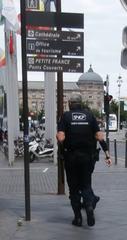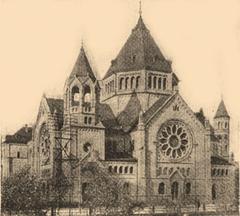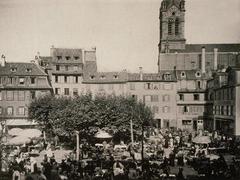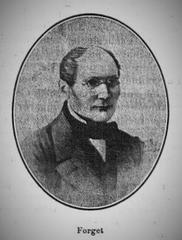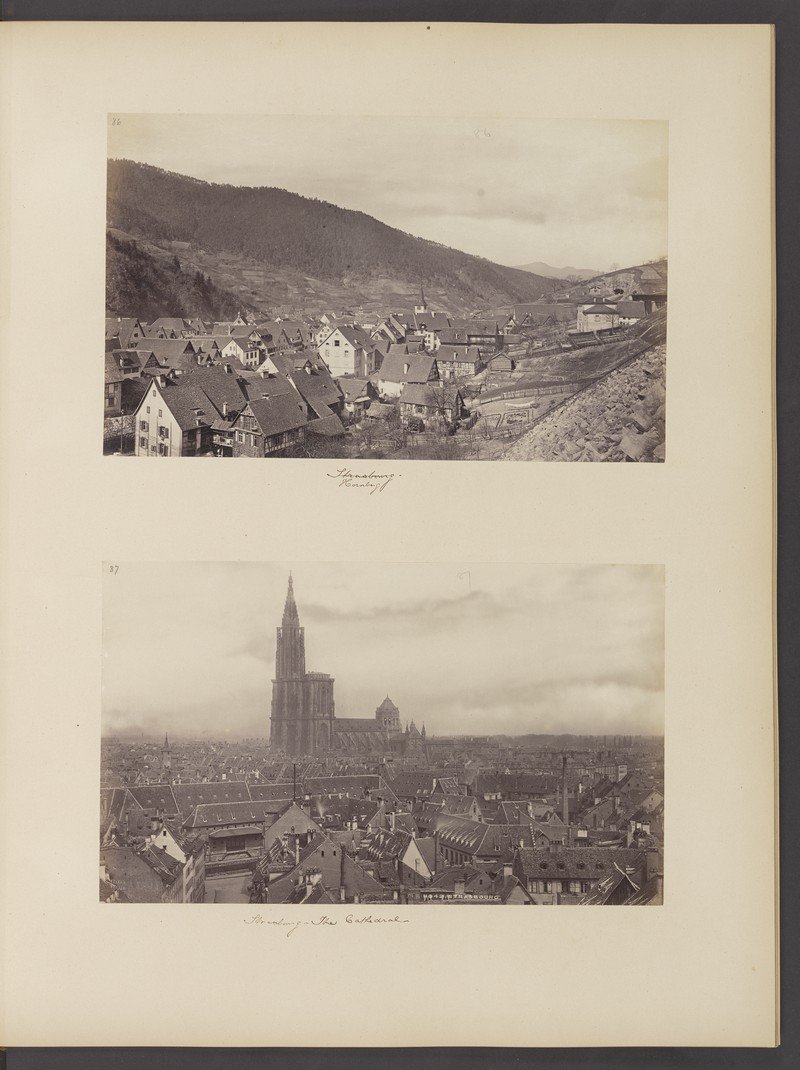
Visiting Hours, Tickets, and Historical Sites of Grande Île, Strasbourg, France
Date: 17/07/2024
Introduction
Nestled in the heart of Strasbourg, France, Grande Île stands as a testament to the rich tapestry of European history and culture. This UNESCO World Heritage Site boasts an array of architectural styles, ranging from Roman to Baroque, reflecting the island’s evolution through centuries of political and cultural change (UNESCO). Grande Île has served various roles over the centuries: a critical military outpost during the Roman era, a vibrant commercial hub in the Middle Ages, and a center for humanistic and religious reformations during the Renaissance (Strasbourg History). The island’s architectural gems, such as the Strasbourg Cathedral and Palais Rohan, offer visitors a glimpse into the architectural prowess and artistic achievements of past eras (Strasbourg Cathedral, Palais Rohan). This comprehensive guide explores the historical significance of Grande Île, provides practical visitor information, and highlights nearby attractions to ensure a memorable visit to this unique destination.
Table of Contents
Historical Background of Grande Île, Strasbourg
Early History and Roman Influence
Grande Île, the historic center of Strasbourg, boasts a history dating back to the Roman era. Originally a Celtic settlement known as Argentoratum, the Romans established a military outpost here around 12 BC. This evolved into a significant urban center due to its strategic location, becoming a crucial point for trade and military operations. The remnants of Roman fortifications and roads can still be traced in the city’s layout, reflecting its ancient origins (Strasbourg History).
Medieval Development
During the Middle Ages, Grande Île flourished as a commercial hub due to its position along the Rhine River. Becoming a free city within the Holy Roman Empire in 1262 allowed it to develop a unique political and economic structure. The construction of the Strasbourg Cathedral, a prime example of Gothic architecture, began in 1015 and was completed in 1439. This period also saw the establishment of numerous churches, monasteries, and civic buildings, many of which still stand today (Strasbourg Cathedral).
Renaissance and Reformation
The Renaissance brought cultural and intellectual advancements to Grande Île. Strasbourg became a center for humanism and the printing industry, with Johannes Gutenberg’s invention of the movable type printing press in the mid-15th century playing a pivotal role. The city was also a focal point during the Protestant Reformation. Martin Bucer, a leading reformer, was based in Strasbourg, and the city adopted Protestantism in 1529. This religious shift led to the construction of new Protestant churches and the transformation of existing Catholic institutions (Reformation in Strasbourg).
French Annexation and Baroque Influence
In 1681, Strasbourg was annexed by France under King Louis XIV, marking a significant transformation in the city’s architecture and urban planning. The French introduced Baroque styles, evident in the construction of the Palais Rohan between 1732 and 1742. The annexation also led to the fortification of the city with Vauban’s fortifications, still visible today. These changes reflected the city’s new status as a key French stronghold on the Rhine (Palais Rohan).
Industrial Revolution and Modernization
The 19th century brought industrialization and modernization to Grande Île. The construction of the Strasbourg railway station in 1846 connected the city to major European trade routes, boosting its economic growth. This period saw the development of new infrastructure, including bridges, roads, and public buildings. The University of Strasbourg, re-established in 1872, became a leading center for scientific research and education. This era also witnessed the expansion of the city’s cultural institutions, such as the Strasbourg Museum of Modern and Contemporary Art (Strasbourg Museum of Modern and Contemporary Art).
World Wars and Reconstruction
Strasbourg’s strategic location made it a focal point during both World Wars. The city was heavily bombed during World War II, leading to significant damage to its historic buildings. Post-war reconstruction efforts focused on preserving and restoring the architectural heritage of Grande Île. The island was meticulously rebuilt, maintaining its historical character while incorporating modern amenities. This period also saw the establishment of the Council of Europe in 1949 and the European Parliament in 1979, cementing Strasbourg’s role as a center for European governance (Council of Europe).
UNESCO World Heritage Site
In 1988, Grande Île was designated a UNESCO World Heritage Site, recognizing its outstanding universal value. The designation highlights the island’s unique blend of Roman, Gothic, Renaissance, and Baroque architecture, as well as its historical significance as a cultural and political center. The preservation of Grande Île’s architectural and urban heritage is a testament to the city’s commitment to maintaining its historical legacy while embracing modernity (UNESCO World Heritage).
Visitor Information
Visiting Hours and Tickets
Grande Île is accessible to visitors year-round. However, specific visiting hours and ticket prices for individual attractions such as the Strasbourg Cathedral and Palais Rohan vary. It is advisable to check the official websites for the most up-to-date information.
- Strasbourg Cathedral - Open daily from 7:00 AM to 7:00 PM. Entry is free, but a fee applies for the tower climb.
- Palais Rohan - Open Tuesday to Sunday from 10:00 AM to 6:00 PM. Tickets can be purchased at the entrance or online.
Travel Tips
- Best Time to Visit - Spring (April to June) and autumn (September to October) offer pleasant weather and fewer crowds.
- Public Transport - Strasbourg has an efficient tram and bus network. The Strasbourg Pass provides unlimited travel and discounts on major attractions.
- Guided Tours - Consider booking a guided tour to gain deeper insights into the history and architecture of Grande Île.
Nearby Attractions
- Petite France - A charming district known for its half-timbered houses and picturesque canals.
- Strasbourg Museum of Modern and Contemporary Art - Houses an extensive collection of modern and contemporary artworks.
- European Parliament - Offers guided tours, providing a glimpse into the workings of the European Union.
Accessibility
Most attractions on Grande Île are accessible to visitors with disabilities. However, some historical sites may have limited access due to their age and architectural constraints. It is recommended to check accessibility information on official websites before visiting.
Special Events and Photography Spots
- Christmas Markets - Strasbourg is renowned for its Christmas markets, which transform the city into a winter wonderland from late November to December.
- Photography Spots - The Strasbourg Cathedral, Kammerzell House, and Petite France district are perfect for capturing the essence of Grande Île.
Conclusion
Grande Île in Strasbourg is not just a historical site but a living, breathing testament to Europe’s rich cultural heritage. By exploring its landmarks, understanding its history, and immersing yourself in its vibrant atmosphere, you will gain a deeper appreciation for this unique destination. Plan your visit today and experience the timeless charm of Grande Île.
FAQ
Q: What are the visiting hours for Grande Île attractions? A: Visiting hours vary for each attraction. The Strasbourg Cathedral is open daily from 7:00 AM to 7:00 PM, while Palais Rohan is open Tuesday to Sunday from 10:00 AM to 6:00 PM.
Q: How can I purchase tickets for Grande Île attractions? A: Tickets can be purchased at the entrance of each attraction or online through their official websites.
Q: Is Grande Île accessible to visitors with disabilities? A: Most attractions are accessible, but some historical sites may have limited access. Check official websites for detailed accessibility information.
Q: What is the best time to visit Grande Île? A: The best times to visit are during spring (April to June) and autumn (September to October) when the weather is pleasant and crowds are fewer.
References
- UNESCO World Heritage Site, 2023
- Strasbourg History, 2023
- Strasbourg Cathedral, 2023
- Palais Rohan, 2023
